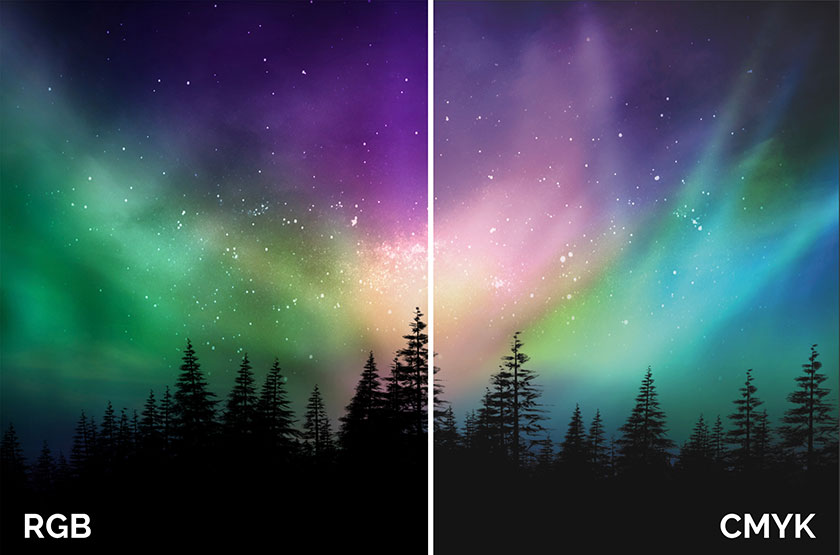
For those who are just starting to enter the design path, it is extremely difficult to distinguish two color systems CMYK and RGB, sometimes even not knowing which color system to use. So, let’s learn more about CMYK and RGB together!
Basic colors
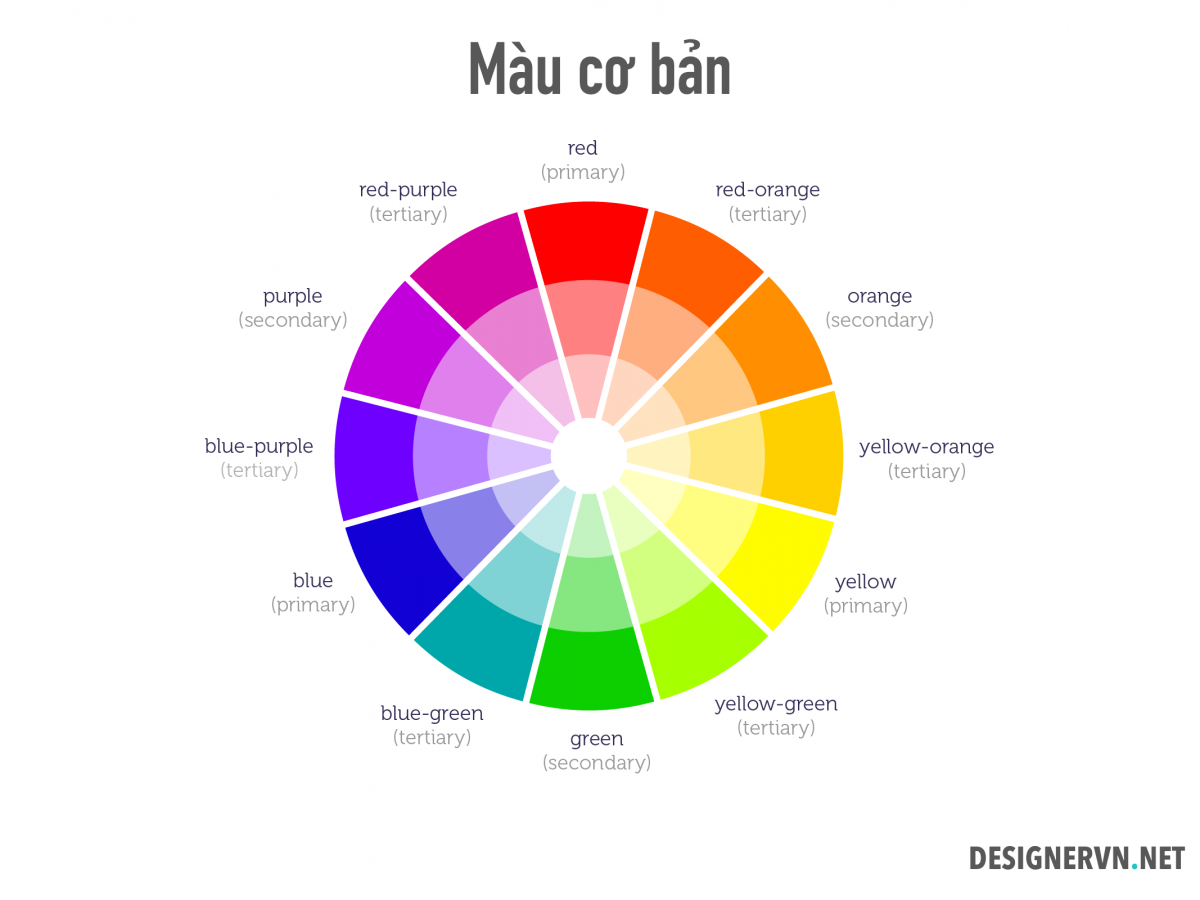
Basic colors are the most basic knowledge about painting that those who are new to the design path need to know. They are colors that, when combined in certain proportions, create a new color in the visible light range. RGB and CMYK are two color systems with different basic color systems: RGB is the three primary colors of ordinary light and CMYK is the basic color system for printing. Learn and compare these two basic color systems and see how they work.
What is CMYK?
CMYK is an English acronym for subtractive color system mechanism, commonly used in printing. It includes the following colors:
-
C = Cyan (green)
-
M = Magenta (pink)
-
Y = Yellow (yellow)
-
K = Black (Black) (the reason for using the word K to refer to black is because the letter B has been used to indicate the color Blue, in addition, K also means Key, meaning something is essential, is key. )
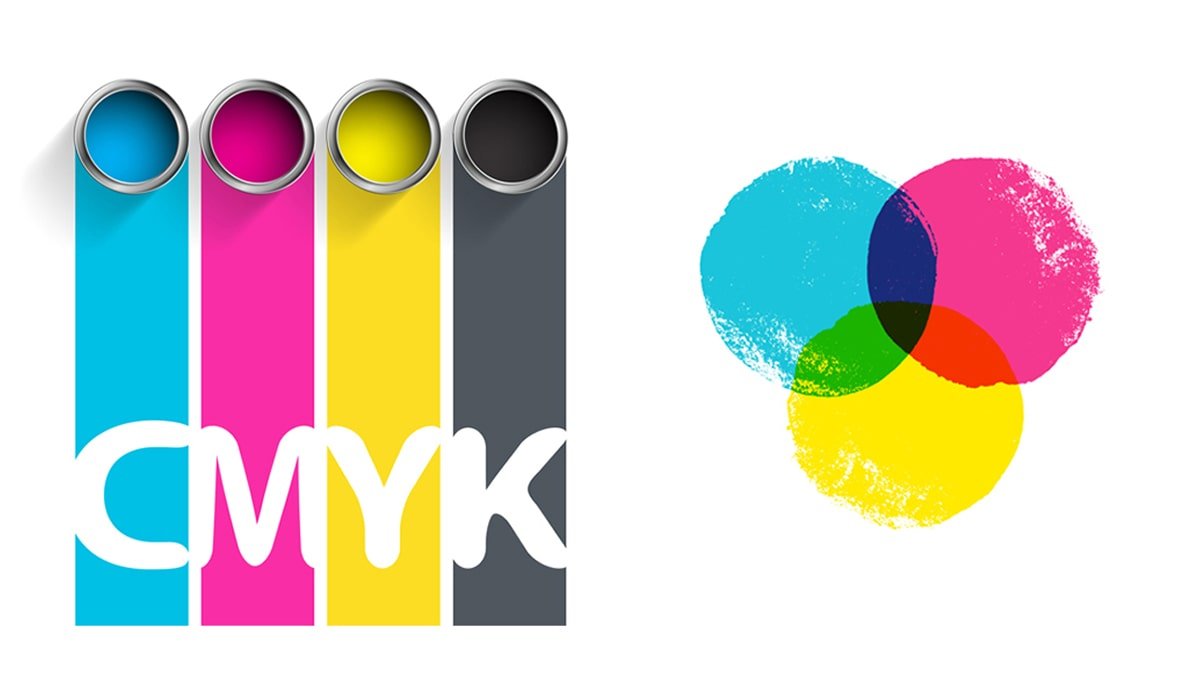
The main working principle of the CMYK system is light absorption. The colors we see are from the part of the light that is not absorbed, or in other words, they work on the mechanism that objects do not emit light themselves, but only reflect light from other sources.
So instead of adding brightness to get different colors, CMYK subtracts light from the original white light to create other colors. 3 colors Cyan, Magenta and Yellow when combined will create a black color.
CMYK color is often used when designing for printing purposes such as posters, brochures, name cards, catalogs, books or magazines, etc.
What is RGB?
RGB is an English acronym for additive color system, commonly used to display color on TV screens, computer monitors and other electronic devices (such as digital cameras). It includes the following colors:
-
R = Red (red)
-
G = Green (green)
-
B = Blue (blue)
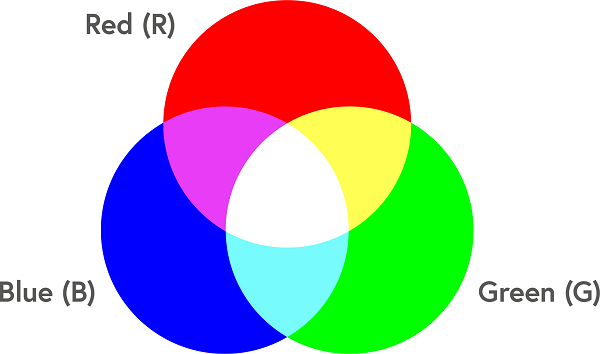 What is RGB?
What is RGB?
The working principle of the RGB system is light emission, aka complementary light model (colors generated from 3 RGB colors will be brighter than the original colors)… If CMYK is where you start from one white paper and then add other colors, then RGB works in reverse. For example, when the TV screen is off, it goes black, when you turn it on it will turn red, green, blue, plus the cumulative effect is white, from which to emit light and image.
RGB color codes are often used to design objects on screens, computers, phones, and other electronic devices…
Difference between CMYK and RGB
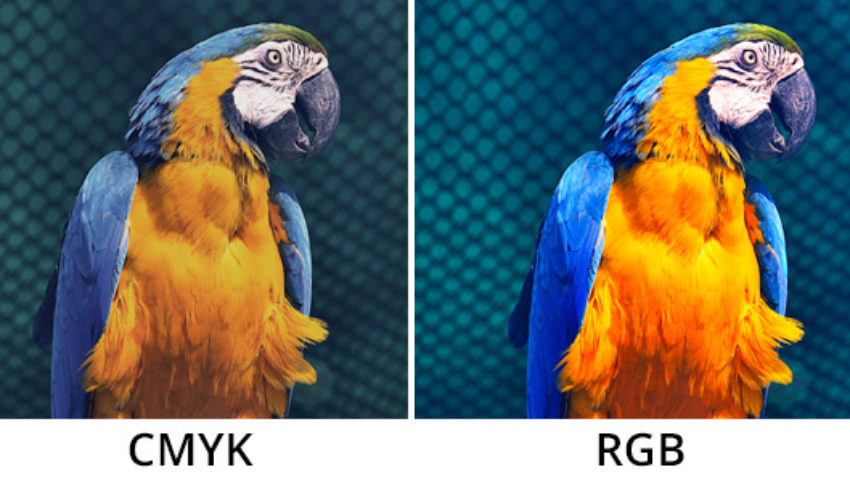
CMYK and RGB will be used based on different purposes.
RGB files will work well with luminescent devices that use white light as a base. Because the RGB generation is used for colors displayed on computer screens as well as colors in Web design that are projected through screens or projectors using light.
In contrast, CMYK is the preferred color system of printers, a digital photo designer can edit with RGB color system images, but images when printed on printers using CMYK ink will show different colors than the color you see on the screen.
Therefore, for digital designs, you need to choose RGB colors and for printing, you will choose CMYK. You also need to pay attention to adjust the color system from the beginning to avoid product colors and design colors do not match.
Converting between color systems
In most graphics software, there is a function for you to convert between color systems. Here is how to do it in the two most popular software – Photoshop and Illustrator for your reference.
-
In Illustrator: Go to menu File -> Document Color Mode -> CMYK Color (or RGB Color)
-
In Photoshop: Go to menu Image -> Mode -> select the mode you want to switch.
However, because CMYK is a subtractive color system and RGB is an additive color system, when converting back and forth, it is inevitable that there will be color deviation. After converting, the parameters of each color will not be even integers but odd decimals, depending on the color mode that the results you get will be lighter or darker than the original color.
Epilogue
Hopefully, through the above article, you have understood the basic characteristics of the two main color systems: CMYK and RGB. For those of you who are just starting to pursue a design career, understanding color is only a small aspect.




